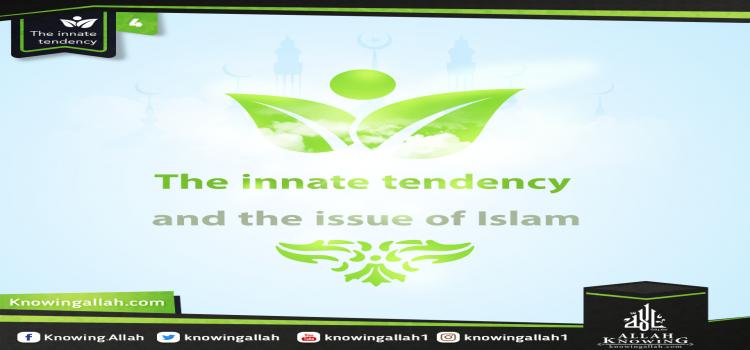An Introduction to the Quran : Its Inimitableness and Language
Muslims are absolutely convinced of the greatness and importance of the Quran, which is usually mentioned with epithets like “noble,” “glorious,” and “pure.” What is it that so deeply moves the Muslim when reciting from the Quran, when seeing its verses, or when barely touching it?
The style of the Quran is inimitable and of divine beauty and power. Try as he may, no man can write a paragraph that is comparable to a verse of the revealed Book. This has to do partly with the literary merit of the text and the efficacy of the words - their transforming and saving power - that is inimitable. It moves an illiterate shepherd to tears when recited to him, and it has shaped the lives of millions of simple people over the course of almost fourteen centuries; it has nourished some of the most powerful intellects known to human records; it has stopped sophisticates in their tracks and made pious believers of them, and it has been the source of the most subtle philosophy and of an art which expresses its deepest meaning in visual terms; it has brought the wandering tribes of humanity together in communities and civilizations upon which its imprint is apparent even to the most casual observer.
To recite the Quran is the most sublime and edifying occupation for the Muslim, even when he or she does not intellectually understand its words, as is the case with most non-Arab believers. The Muslims’ desire to recite the Quran as beautifully as possible, and the art of tilāwat, the proper recitation, has developed into a science. Even when reciting the Book without embellishment, one has to observe certain rules of recitation. The hafiz, who “preserves” the Quran, i.e., knows it by heart, is highly respected, and boys and girls are sent at an early age to the mosque to memorize the ‘Book.’
In order not to besmirch the sacred character of the Quran, care should be taken that it is not left in a place where someone may accidentally stand, sit on or otherwise disrespect it; it is extremely disliked to use any book, let alone the Quran, as a prop for holding anything up. When not being read, the Muslim will replace it in the shelf of the bookcase, or on the lectern. Some people wrap it carefully in cloth in order to preserve it and also to be able handle it when not in a state of purity if needed. They also like to ensure that it is placed above other books, and they avoid just letting the Quran lie around. It is absolutely forbidden to take it into the place one urinates or defecates or that is a place of major impurity (toilets, middens, sheepcotes, city sewers, etc.). Even reciting it in such places is a thing not done.
Language of the Quran
The Quranic world view is closely tied to the Arabic language, which, like Hebrew and Aramaic (the language spoken by Jesus), belongs to the Semitic family. The Quran defines itself specifically as an ‘Arabic scripture’, and the message is shaped to the complex structure of the chosen language, a structure fundamentally different to that of any European tongue. The internal logic of Semitic languages is very different from that of Indo-European languages such as English, Latin, Sanskrit, and Persian. Every Arabic word may be traced back to a verbal root consisting of three, four or five consonants from which are derived up to twelve different verbal modes, together with a number of nouns and adjectives. This is referred to as the triliteral root, and specific words are formed from it by the insertion of long or short vowels and by the addition of suffixes and prefixes. The root as such is ‘dead’ - unpronounceable - until brought to life, that is to say vocalized, by the vowels, and it is according to their placing that the basic meaning is developed in a number of different directions. The root has sometimes been described as the ‘body’ while the vowelling is the ‘soul’; or again, it is from the root that a great tree grows. Without understanding the meanings and the related concepts of the Arabic words, it is impossible to appreciate the richness of the associated meanings, the difficulty of translating words into English, and the interrelationships among Arabic words that are obvious in the original.
The Muslims’ preoccupation with the sublime language of the Quran grew into the study of grammar and rhetoric, especially when non-Arabs entered the fold of Islam in increasing numbers and had to be taught about the peculiarities of the language of revelation. The belief that the Book was untranslatable forced those who embraced Islam to learn Arabic or at least to become acquainted with the Arabic alphabet. Many times, this led nations to actually adopt Arabic as their native languages, as is the case with all Arab nations save the Arabian Peninsula. This had immense consequences for other languages, such as Persian, Turkish, Malay and many others, who adopted the Arabic script. Quranic sayings and expressions are used as much in high literature as in daily conversations, even among non-Arabs, and Arab non-Muslims.


